Valve has just given Steam's integrated FPS counter a serious upgrade. Performance monitoring is quite straight-forward, and many applications today can handle measuring simple metrics like framerate, CPU and GPU usage, as well as power usage. So what exactly has Valve done to make Steam's new performance monitor worth using over the alternatives? Besides being integrated neatly into the Steam overlay, it can easily detect and measure a technology that has become exceedingly common in modern AAA gaming, and has some neat ways of presenting commonly measured performance metrics.
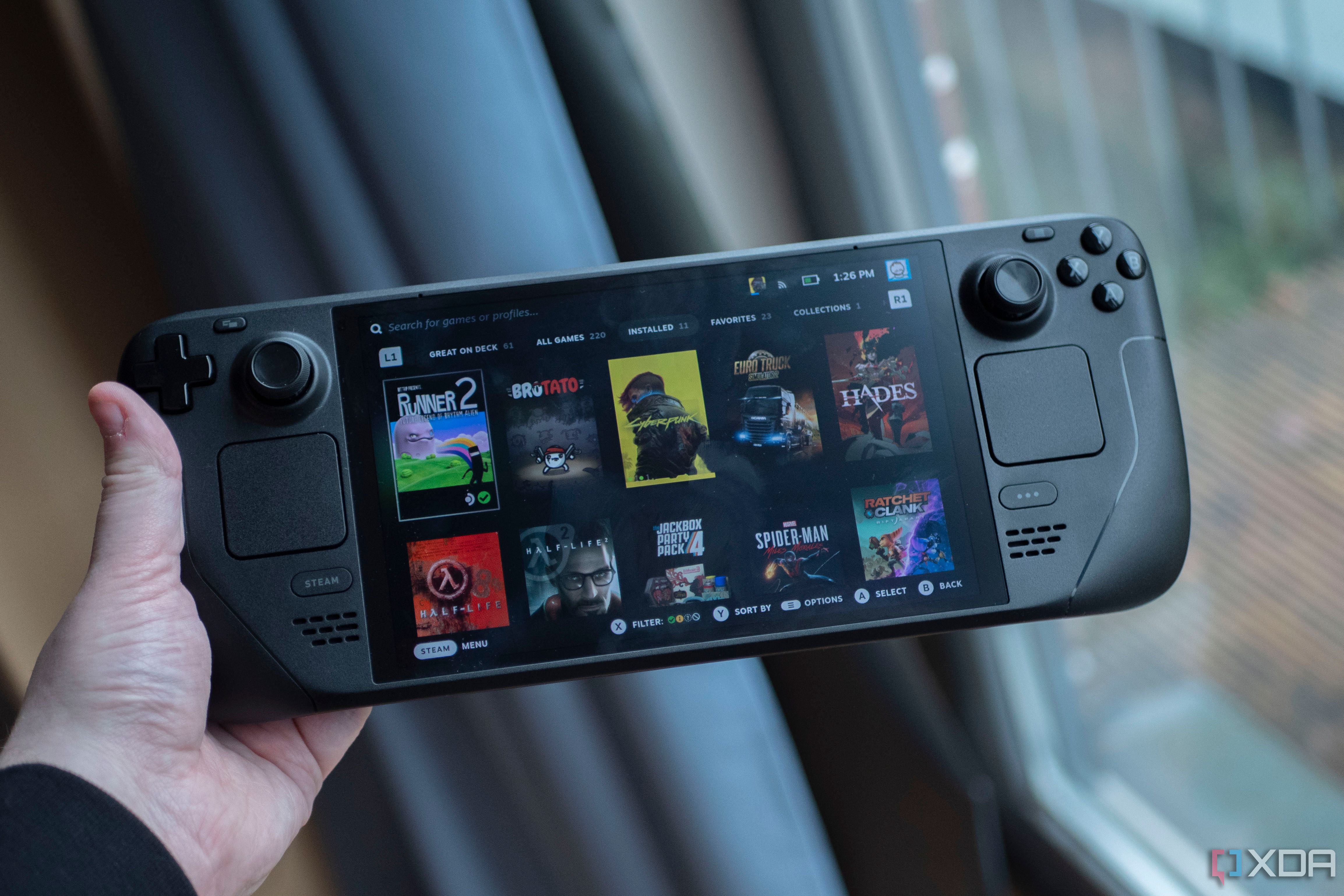
Related
4 reasons a Steam Deck shouldn’t replace your dedicated gaming PC
We're evaluating why Valve's Steam Deck isn't a worthwhile replacement for a dedicated gaming PC
More than just an FPS counter
Valve have put some work into performance monitoring
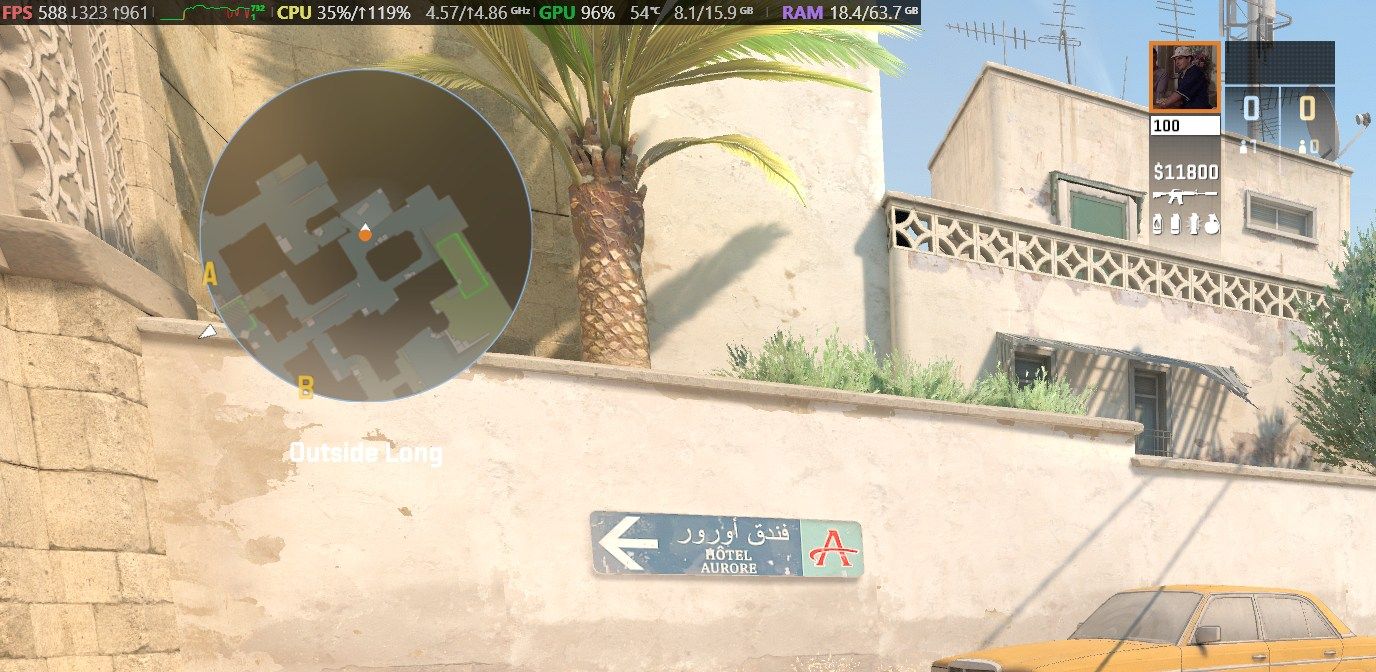
For many years now, Steam has had a rudimentary FPS counter with a few very basic settings, mostly controlling the visual presentation. If users wanted a more in-depth look at FPS metrics, like minimums and maximums, or even just component usage numbers, they'd have to turn to an application like MSI Afterburner or similar.
There's nothing wrong with MSI Afterburner, but Steam has cooked up something pretty useful in its updated performance monitor. Users can now detect and measure whether their game is using a frame generation technology, like AMD's Fluid Motion Frames or Nvidia's DLSS Frame-Generation. The Steam overlay will show users the frame generation FPS number, as well as the "true" FPS average and minimum. This is useful because a game's actual framerate is used to account for in-game actions, network updates, and processing the player's input, while the frame-gen FPS number is a representation of pure visual smoothness.
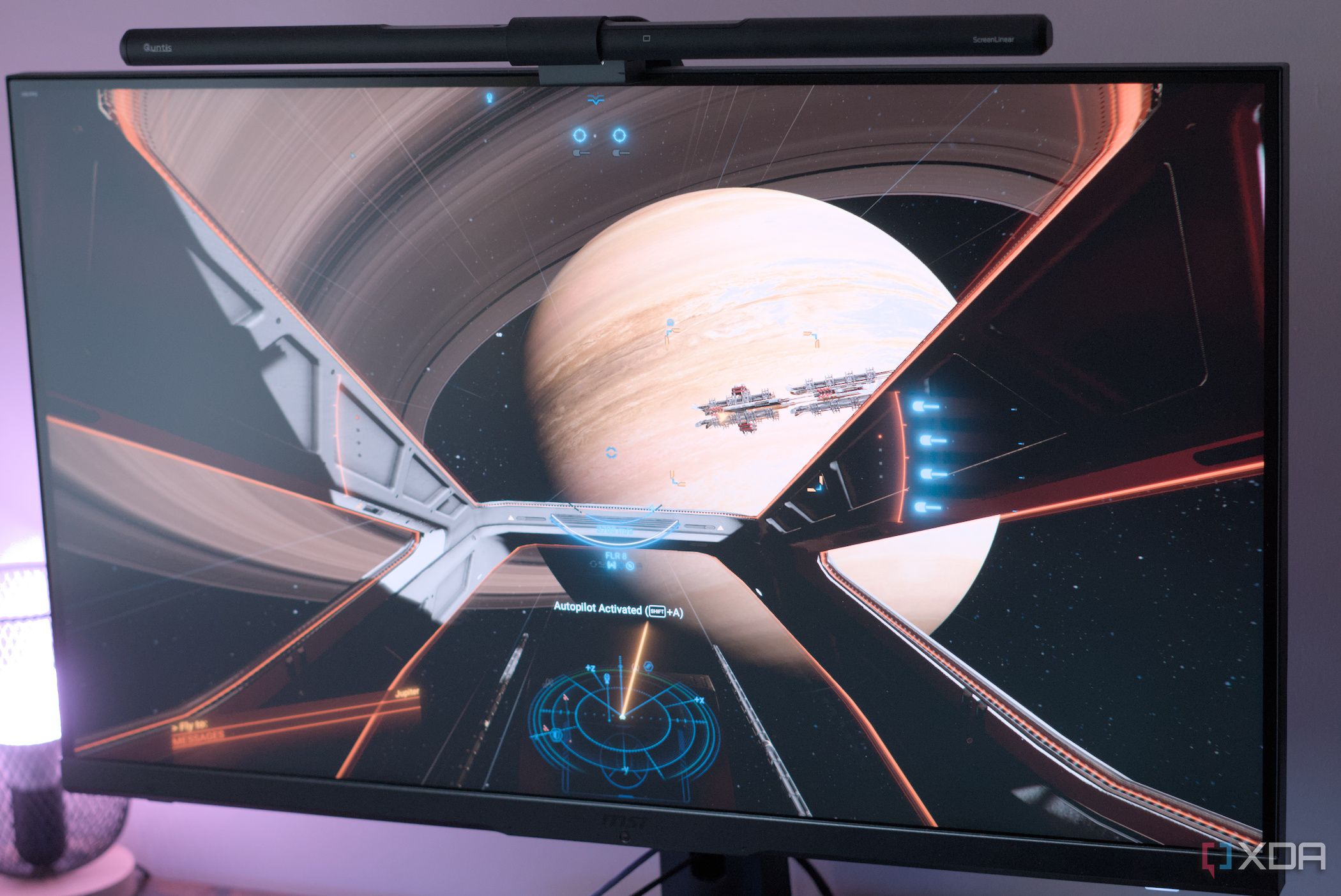
Related
3 reasons gamers prefer upscaling over frame generation
Gamers don't consider frame generation all that hot, but happily use upscaling to boost frames
Why use it over alternative methods?
There are a few small differences in Steam's implementation

Well, for one thing, other applications like MSI Afterburner and EVGA Precision X1 don't natively support measuring generated frames. There are other applications out there, like those that use the PresentMon framework, for example, that can measure generated frames. PresentMon is the backbone of a lot of different performance monitors, including Nvidia's own FrameView, although it's forked off of a much older build of PresentMon, which leads to inconsistencies in measurement for RTX GPUs. Steam's overlay is also relatively light, and is already running in the background when you launch a Steam game anyway. It's easy to toggle on and off, and there's no need for another external app to run.
Valve has also chosen to measure CPU usage a little differently than other performance monitors. Instead of measuring the conventional way, which is done as the percentage of time that the CPU is busy, Valve have opted to use Microsoft's "% Processor Utility" metric, which is a measurement of how much work your CPU is doing in relation to its base clock rate. This results in two numbers being displayed on the monitor. The first number is average processor utilization across all cores, and the second is processor utility, which is commonly going to be over 100%. This is because almost all modern CPUs (especially those used for gaming) will boost above their base clock speed for greater performance.
The GPU side of things is much more conventional. When the overlay is active, your GPU usage is measured as a percentage, and this represents how much of the 3D engine of your card is being utilized. The overlay also shows how much VRAM your system is using, and it's also done in a well-represented manner. Instead of just dedicated video memory over total video memory, Valve adds shared video memory to the equation. Shared video memory is how much stuff was placed into your system's RAM instead of your dedicated VRAM buffer. This makes it really easy to tell if your card has truly run out of VRAM or not.
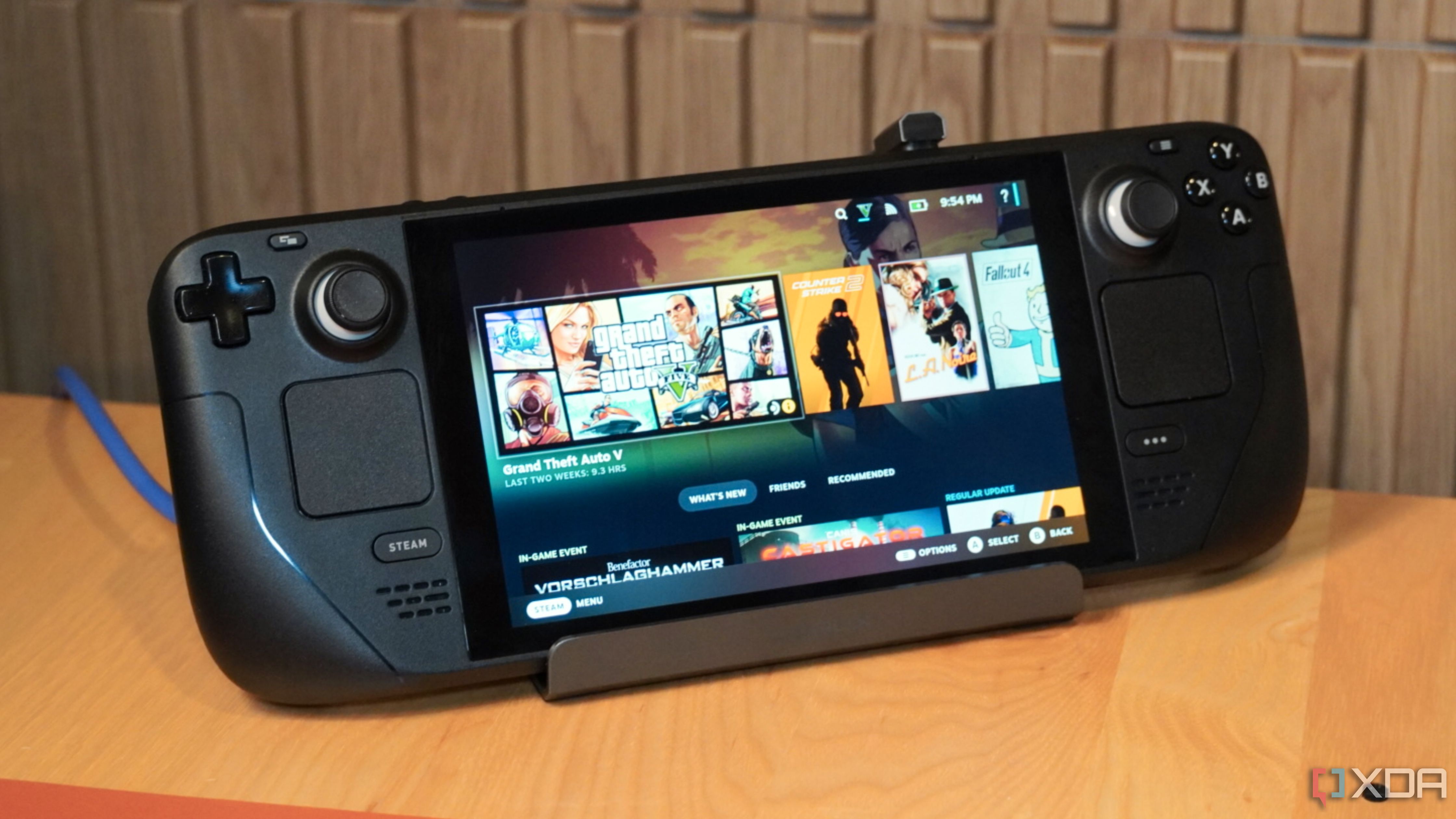
Related
4 reasons Valve's full SteamOS release will change PC gaming again
Valve's full SteamOS release will change PC gaming again, and here are some of the most important ways.
It's not a one-size fits all affair
The other applications still have their place
This new performance monitor is neat, and Valve have done some cool things with it to make it useful, but other applications are still necessary if you want to do any kind of analysis on your performance. While you can easily toggle it on and off with hotkeys, there isn't much else in the way of configuration. You can't output the data to a csv file, and you can't toggle graphs for anything other than the FPS numbers. If you're looking to record performance data, there are better tools, but if you're just trying to get a quick view of performance, it's hard not to at least consider this new overlay.
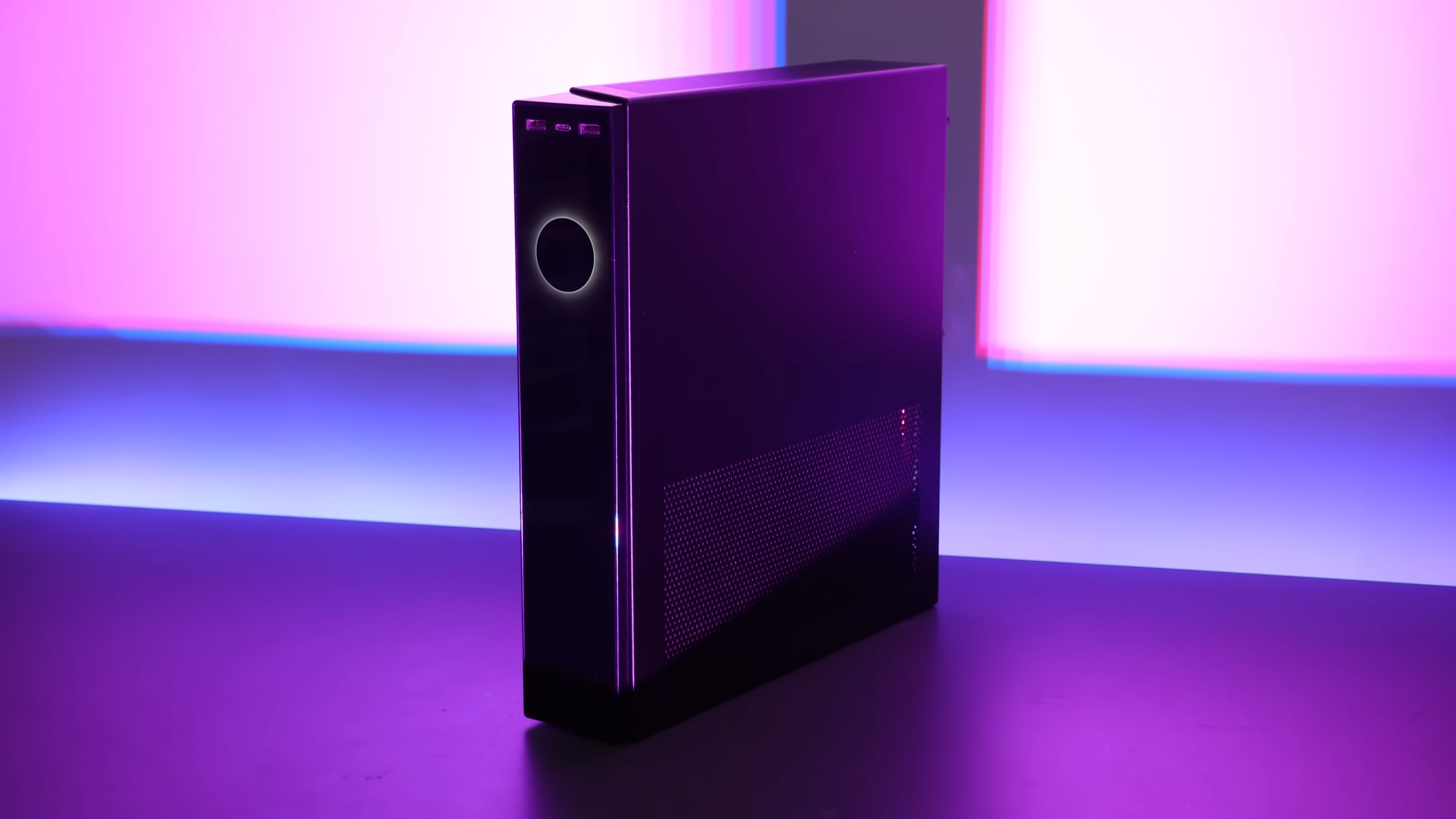
Related
Valve's leaked Steam Box spells an interesting future for Steam-powered devices
This particular machine, seemingly created in 2017 or shortly after, has some interesting quirks.
It sounds like Valve aren't done here
You can try the new performance monitor now by switching to the beta branch of the Steam client, and toggling it on in the "In-Game" section of your Steam settings. I wouldn't be surprised if even more functionality gets added as time goes on, as recording performance data natively on SteamOS could be a powerful tool for Steam Deck owners, as well as anyone just running SteamOS on their desktop machines in the future.
.png)



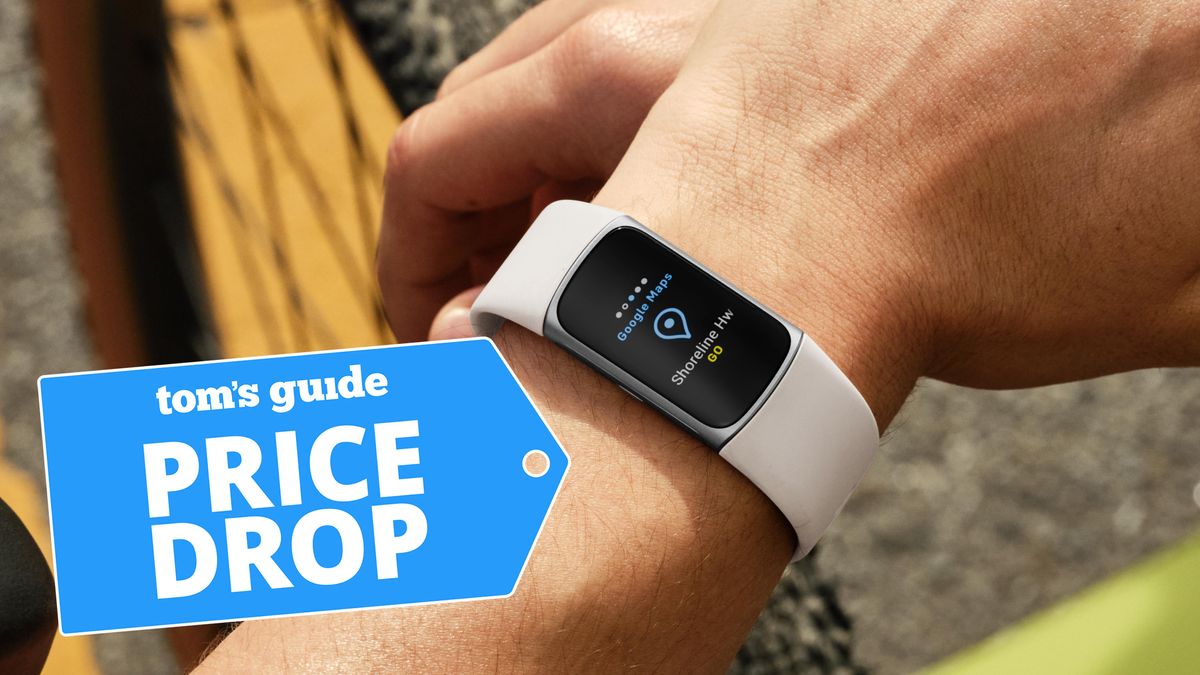
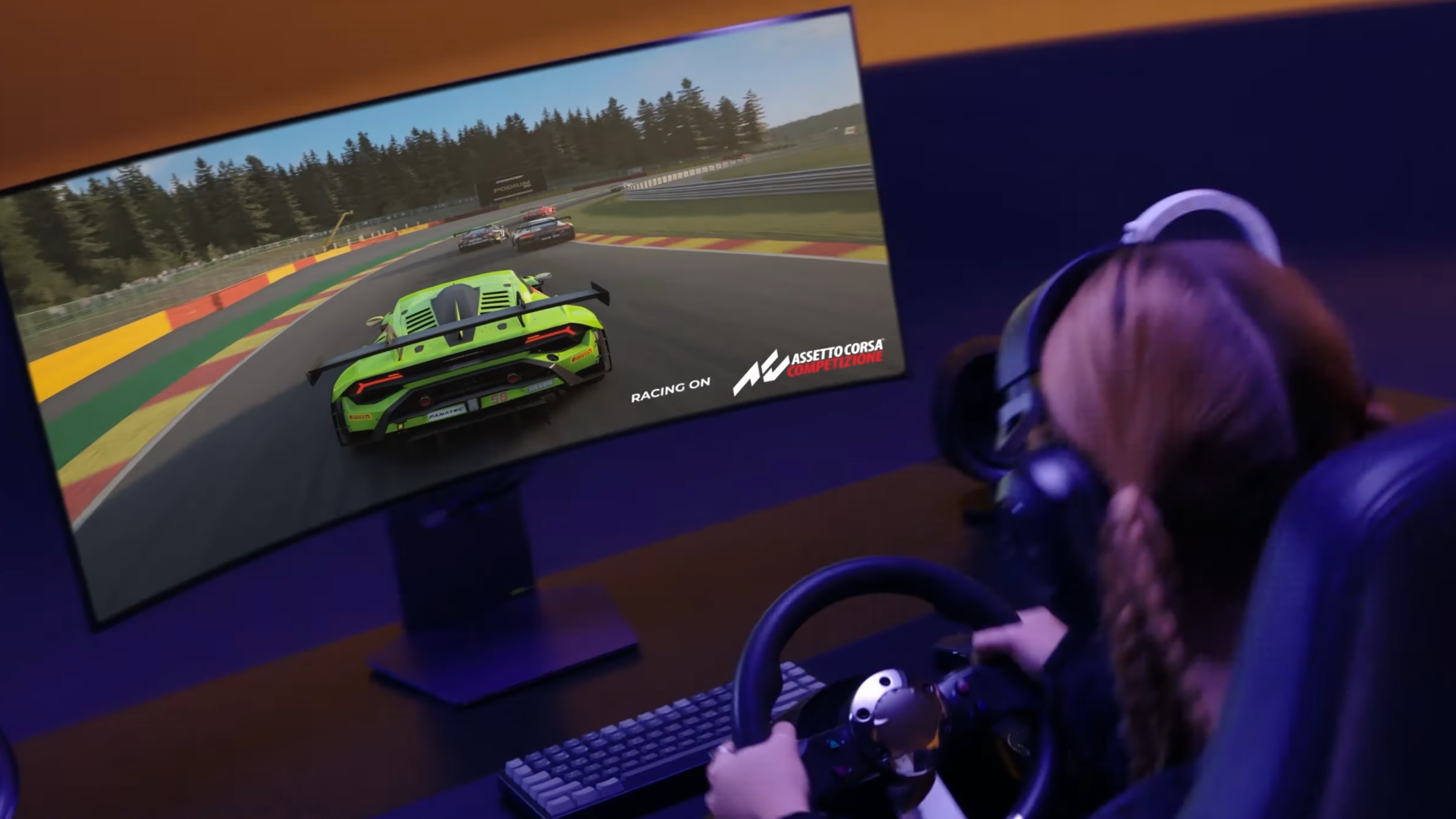





 English (US) ·
English (US) ·